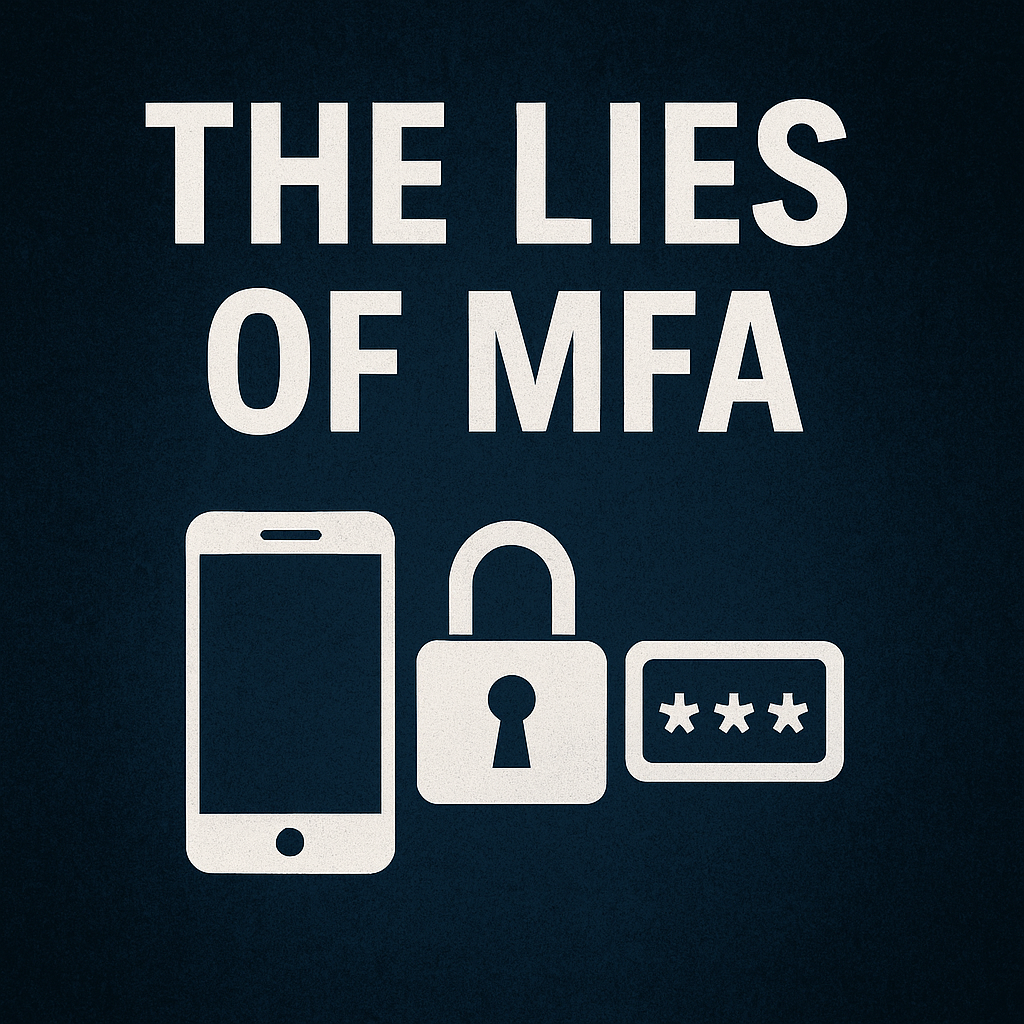Your multi-factor authentication (MFA) is lying to you. Organisations worldwide cling to MFA like a security blanket, but that blanket is riddled with holes. After over a decade analysing identity breaches, we’ve uncovered a critical truth: MFA isn’t a one-size-fits-all solution. It’s a spectrum, and most implementations are dangerously fragile.
In 2022, Uber was hacked even with MFA implemented. Their mistake? Assuming MFA guarantees security. Globally, the most significant factor driving the surge in ransomware is legacy MFA. This reveals a harsh reality: without the right approach, MFA can fail you.
Let’s debunk the top five MFA myths putting your business at risk and provide actionable solutions to fortify your defenses.
Myth 1: More Factors = More Security
The Lie:
Adding Push, SMS, email, or security questions to passwords makes it much more difficult for hackers.
The Reality:
More factors don’t equal more security. Design trumps factor count. Poorly implemented MFA crumbles fast. A phishing kit, such as Evilginx and Mamba 2FA, could capture four-factor authentication: password, SMS, email/soft/hardware OTP, and security questions in one go. More factors just give attackers more to exploit, while they give you a false sense of security.
The Sophos State of Ransomware 2024 report shows legacy MFA (SMS, Email, OTPs and Push) is the most significant factor in the surge in ransomware. For example, the 2022 Uber breach exploited MFA fatigue, where attackers bombarded a contractor with push notifications until they approved access.
Myth 2: SMS/Email OTP is ‘Good Enough’
The Lie:
One-time codes sent via SMS or email are secure fallbacks.
The Reality:
SMS is a hacker’s playground, vulnerable to SIM swaps, SS7 hacks, and phishing. Email OTPs are equally risky; if an inbox is compromised, so is the code. Smishing attacks, where hackers phish OTPs via SMS, skyrocketed by 328% in 2020. Additionally, 95% of account takeovers at Coinbase involved SMS-based MFA. SMS was never built for security and should not be used for MFA.
SMS was never built for security and should not be used for MFA.
Myth 3: MFA Eliminates Account Takeovers
The Lie:
MFA makes account compromise impossible.
The Reality:
Session hijacking and MFA bypass kits exploit this. Despite MFA, 28% of users face account takeover via SIM swapping attacks, prompt bombing and adversary-in-the-middle (AiTM) attacks.
. While MFA blocks 99.9% of automated attacks, such as credential stuffing and password guessing, most of them cannot prevent credential phishing attacks.
Myth 4: All MFA Solutions Are Equal
The Lie:
Any MFA meets compliance requirements.
The Reality:
Compliance doesn’t equal security. GDPR and PSD2 mandate strong authentication, SMS and email-based MFA may satisfy compliance, but can they really prevent attacks? Most MFA solutions are vulnerable to phishing and session hijacking. In contrast, 90% of IT professionals view MFA as effective.
Myth 5: MFA is Too Complex for Users
The Lie:
Employees will resist MFA due to added steps.
The Reality:
Push fatigue leads 42% of users to approve fraudulent requests, but secure MFAs, such as passkeys, prevent them. A retail giant piloted FIDO2-based MFA and slashed login times by 50%, with zero user complaints.
Passwordless MFA, such as passkeys, reduces friction, blending security with convenience.
Your Action Plan
MFA isn’t dead, it’s transforming. Stop counting factors and start building intelligent, human-centric trust.
- Phase out SMS/email OTPs as they can only prevent password-based attacks
- Don’t use Push and QR code-based logins as they are vulnerable to phishing
- Adopt a strong and secure passwordless MFA that cannot be phished for secure, user-friendly logins.
Free Resource:
Download the “MFA Audit Scorecard”
- 12 questions to diagnose MFA vulnerabilities
- Priority fix checklist
👉 Download Now
Have you faced MFA challenges? Share your story in the comments or contact us for a free consultation.

